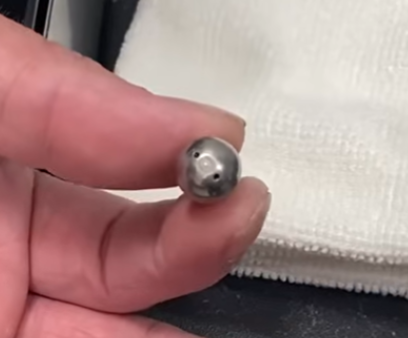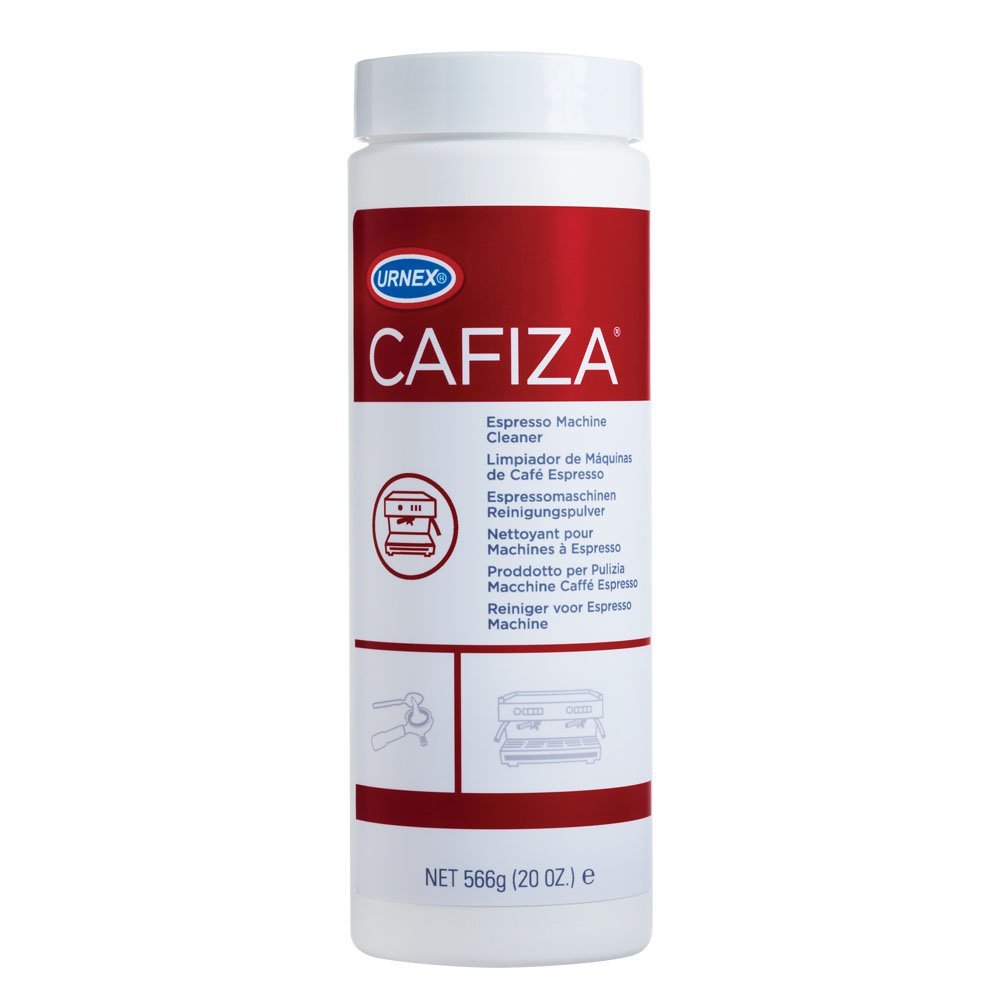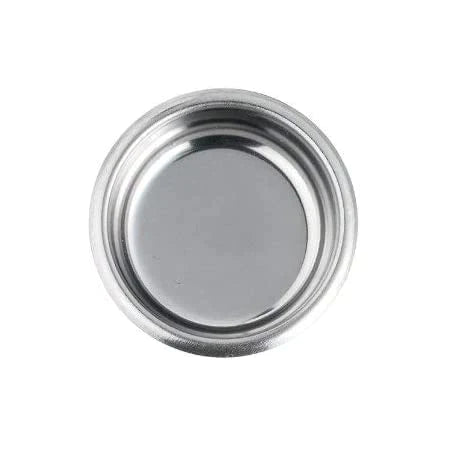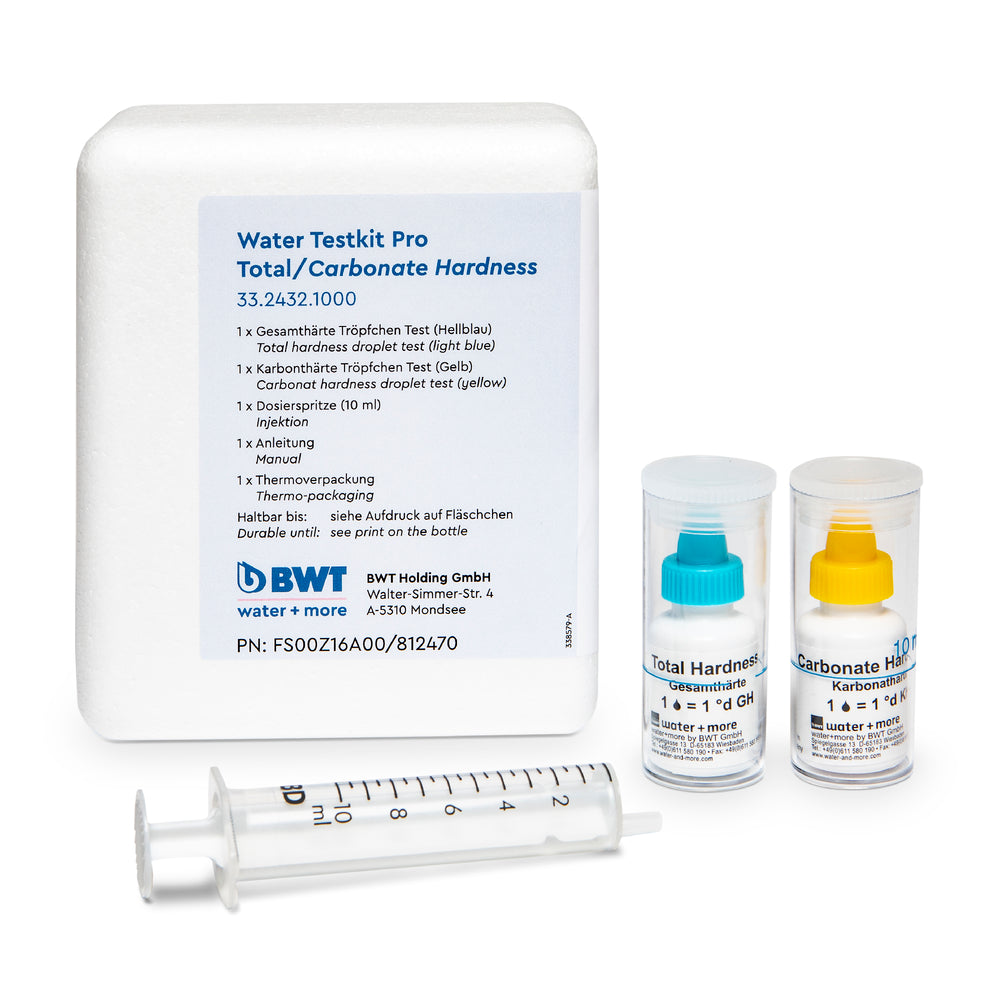Semi-Automatic Espresso Machine Cleaning: How & How Often?
I once asked my colleague and espresso expert Bryan what the best semi-automatic espresso machine was.
His response?
“The one that’s well cared for.”
Turns out it doesn’t matter if you practice pre-infusion on your dual-boiler espresso machine with a PID temperature controller that doubles as a shot timer—if you don’t employ consistent espresso machine maintenance, your perfect brewing process and high-quality equipment are going to waste.
Don’t worry: cleaning espresso machines is easy. Read on for our guide on keeping your prosumer in perfect working order.
Cleaning the Steam Wand
The first rule of a clean steam wand is to always purge and wipe it down after each use to prevent the buildup of milk solids.
Use a damp barista towel to remove any milk foam at the tip of the wand and then direct the wand head to the drip tray and run a few spurts of steam through it. If you do this every time you foam milk, you should prevent milk solids from building up.

If, however, you feel like you’re not getting the steam power you should, you may need to do a more thorough cleaning.
Remove the tip of your steam wand (it should easily unscrew from the arm) and check the holes for dried milk, and then use a thumbtack or needle to remove any solids blocking the holes, then rinse.
Before attaching the tip to the arm, you may want to run hot water through the arm to double check there’s no additional build up.
Cleaning the Filter Basket & Portafilter
After you finish brewing for the day, you should remove your portafilter basket and rinse it thoroughly in warm water.
Doing this will usually prevent the build up of coffee oils and solids that can cause blockages and impact extractions negatively.
If you do find that your filter basket is clogged, remove it from your portafilter and boil it for 10 minutes. Then scrub with a brush or cleaning cloth to remove any remaining blockages.
For serious clogs, you’ll need to use espresso machine cleaning tablets—we generally recommend the CAFIZA brand. Simply mix the cleaning product with warm water and soak your portafilter and baskets for 30 minutes, making sure to rinse thoroughly afterward.
$10.99
Before brewing your next shot, you should always run hot water through the portafilter to make sure no cleaning product remains.
Group Head Cleaning
As a general practice, you should wipe down your shower screen regularly to ensure it’s clean and free of coffee buildup.
Over time, however, build up will occur and you’ll need to remove the shower screen to do a more thorough cleaning.

Most screens can be removed easily with a phillips head screwdriver.
Once removed, soak the shower screen in CAFIZA water for 30 minutes and then scrub it with a brush to ensure you’ve removed any oils and solids.
While the screen is soaking, use a group head cleaning brush to scrub around the group head. Make sure to get into the crevasse around the shower head plate.
Remember: always run hot water through the shower screen before brewing to ensure no cleaning product remains.
Backflushing
Backflushing is an important part of regular maintenance. It ensures the inner workings of your machine remain free of coffee solids and oils, which can cause your brews to taste rancid.
We recommend backflushing your machine every week if you use it heavily, or every month for light users.
To start, swap your portafilter basket for a backflush disc (most double-boiler and heat-exchange machines come with one. If you don’t have one, they’re pretty inexpensive—just make sure you get one that fits your portafilter.)
Once you have your backflush disc installed, place one scoop (2g) of CAFIZA (or your preferred espresso machine cleaner tablet) in the basket and attach your portafilter.
Brew for 2-5 seconds, then turn the machine off. Repeat 5 times.
Rinse the CAFIZA out of your portafilter then repeat the brew cycle 5 times until water purged is not sudsy.
Descaling
Unless you use specialized filters (or live somewhere with soft water) the water you put in your espresso machine contains minerals. As you brew, these minerals solidify and build up in the boiler and can end up clogging the solenoid valve in your machine, rendering it unusable.

Because of this, descaling your prosumer espresso machine regularly is arguably the most important part of regular care and maintenance. In fact, our technicians find that a large portion of the maintenance tickets we field for home espresso machines are caused by scale build up.
We recommend descaling your machine every two months as a baseline. However if your water is particularly hard, you should do it more frequently than that. On the other hand, if you use a filter or have particularly soft water, you may not need to descale your machine so often.
(Not sure how hard your water is? We recommend testing it just to be sure.)
Descaling your espresso machine is simple, though somewhat time consuming.
BEFORE YOU START: if your espresso machine has a filter in the water reservoir, remove it before descaling your machine. Decalcifier will destroy the water filter if allowed to run through it.
$8.49
- Start by adding the recommended amount of decalcifier to the water reservoir of your espresso machine and filling the reservoir to its maximum capacity. (How much decalcifier you should add depends on the brand and bottle—just read the instructions).
- Run two cups of water through the steam wand of your espresso machine (NOT through the group head—this can cause clogging of the solenoid valve), then turn the machine off.
- Let the machine sit for 20 minutes as the descaling solution breaks up and dissolves any scale in the boiler.
- After 20 minutes, run two more cups of water through the steam wand.
- Let your machine sit for 3 minutes.
- Repeat the 2 cup/3 minute routine until the water reservoir is empty.
- Rinse the water tank thoroughly to ensure all the descaling solution is removed.
- Fill the tank with cold water and flush the system—run the full tank of water through the steam wand. Repeat 4 times.
- Run a blank shot of espresso before brewing.
Consistency is Key
If you follow these simple steps, you’re sure to keep your espresso machine in excellent working condition for years to come.
If you do find yourself struggling, however, why not schedule a Coffee Cast and get some expert advice? It’s a one-on-one call with one of our in-house experts to help you troubleshoot issues you may be having with your machine (or get a product demonstration of a new machine you may be interested in).
The best part? It’s totally free!
 USA
USA



